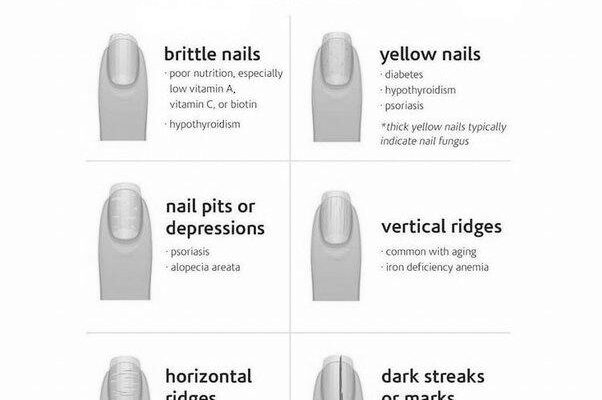What Can Fingernails Say About Your Health?
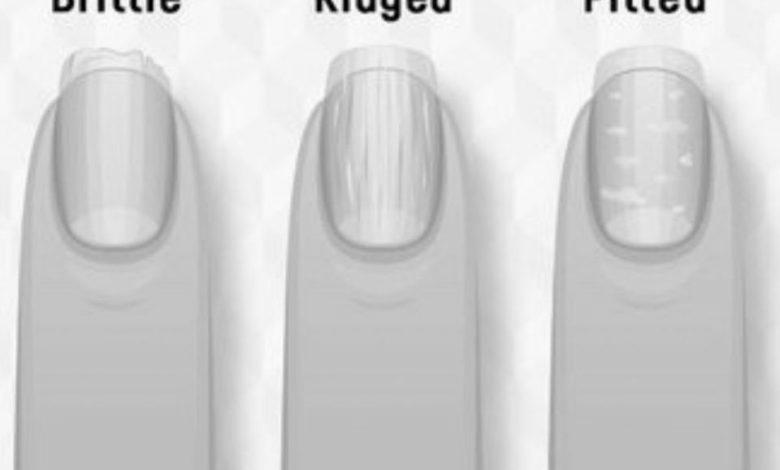
You’re not alone if you’ve ever wondered what your fingernails say about your health. In fact, fingernails can give an important clue about what’s going on inside your body. Some changes are benign, while others may signal a disorder or condition. The following information will help you understand the differences between healthy and unhealthy fingernails. A white nail could be a sign of liver or kidney disease or mean that you have diabetes.
Keratin
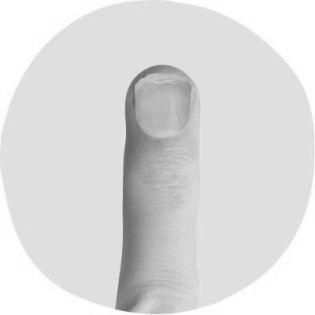
What’s the secret behind healthy fingernails? Keratin, the protein that gives your nails their hard, protective surface, comprises many different layers. While most of your skin and hair contain keratin, nails contain more of it, which leads to stronger cell bonds. These layers also have less water and fat, making them an excellent indicator of your overall health.
As part of the body’s defense system, fingernails protect tissues in the fingers and toes. In addition to keeping your fingers and toes looking pretty, fingernails are living timelines for your health, so they continually update with information as you age. While healthy fingernails are tough and consistent in color, certain diseases show signs. If you’re noticing white spots or vertical ridges, this could indicate a particular vitamin or mineral deficiency.
When you see spots or discoloration on your nails, you should see a doctor immediately. There might be underlying conditions that need treatment. You should also follow a healthy diet rich in Vitamin B and Zinc. This way, you’ll be able to get the nutrients your body needs while improving your nails. For example, vitamin B in your diet is excellent for the health of your nails.
While minor problems with your fingernails can be treated at home, infections and serious injuries require medical attention. Infections and trauma to the fingernails are the most common reasons people visit doctors. Pain, redness, swelling, and pus are signs of an infection. The doctor may also examine the nails during a checkup because the pins can tell about the general health of your body.
Nail pitting is an indication of malnutrition or disease. Nail pitting is a symptom of psoriasis, an autoimmune disease that leads to red, scaly patches of skin. It can also indicate anemia, a condition characterized by low hemoglobin levels. Anemia can also cause cracking in your fingernails, and blood tests will be necessary for a diagnosis. Alternatively, nail spot spots might signify vitamin deficiencies or anemia.
Color
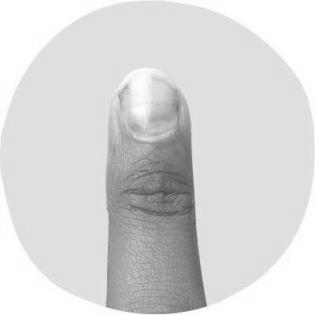
The color of your fingernails can tell a lot about your health. Yellow nails can signal various health conditions, including chronic bronchitis, liver disease, and psoriasis. Yellow fingernails can also indicate diabetes or liver disease. On the other hand, blue nails can indicate oxygen deficiency and are usually an indication of lung or heart disease. A distinctly blue nail may also indicate a condition like Wilson’s disease or cirrhosis. In addition, blue and green nails could be signs of a bacterial infection.
Your fingernails are usually white or pinkish if you are in good overall health. In some cases, they may be white, which indicates liver or kidney disorders. However, it is rare for fingernails to be the first clue of serious illness, and patients will usually show other symptoms before their nails change color. Despite the prevalence of this common misconception, fingernail color is an essential indicator of general health.
Your fingernails may also indicate a plethora of health problems. For example, a white nail can indicate an illness, such as cancer, or it may be indicative of a genetic trait. However, white fingernails are also indicative of age. A pale nail, or “terry’s nail,” may also signify iron deficiency.
If your fingernails turn blue, they may indicate heart or lung problems. Blue nails may also be a symptom of Wilson’s disease, which causes copper to accumulate in vital organs. The Mayo Clinic has written an article about the 30 Warning Signs Your Heart is Sending You.
The color of your fingernails may also indicate the overall health of your body. The presence of a white stripe underneath your fingernails indicates a nutritional deficiency or a lack of protein. White stripes may also show signs of kidney failure or heart disease. A red-purple nail fold can signify a severe illness like lupus.
Condition
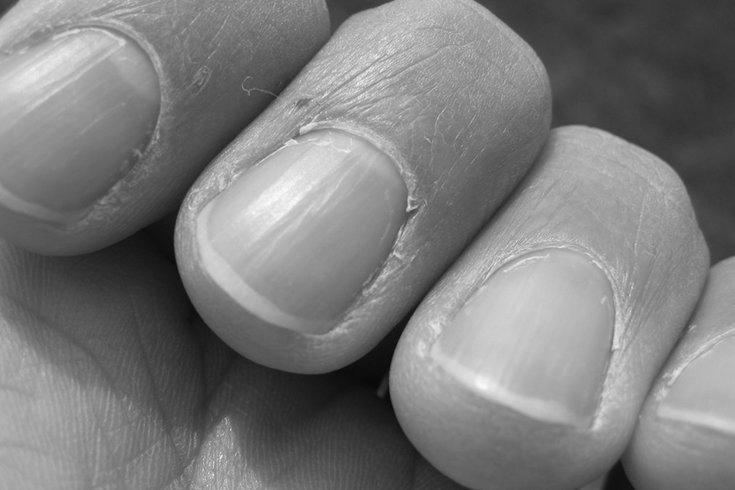
Your fingernails give a lot of information about your overall health, including the state of your nails. Nails are made of keratin, a protein found in the hooves and horns of cattle. They also contain blood. Good circulation of blood throughout the body is essential for optimal health. To understand your overall health, you should examine your fingernails at least twice a year.
If you notice ridges on your fingernails, you may have a disorder. In addition to aging, parallel ridges can indicate a lack of vitamins or nutrition. Vertical ridges may be a sign of kidney disease or drug reaction. A spoon-shaped nail may signify an iron deficiency, while a ridged fingernail is an indicator of psoriasis or eczema.
People who suffer from diabetes or HIV may also have puffy nail beds. The same is true for HIV/AIDS patients. If you suffer from either of these conditions, it’s essential to consult a dermatologist, as early detection is crucial for a proper diagnosis. You may also want to see a dermatologist ensure you don’t have a problem with your nails. A nail condition that goes untreated can be dangerous.
Some nail conditions can be painful. Infection of the nail fold caused by Staphylococcus aureus can lead to inflammation and pus. You may notice a yellowish-green discharge from the fold of skin that lies alongside the nail. It can also be caused by trauma, tight footwear, and allergic reactions. Acute paronychia can be caused by an infection of Staphylococcus bacteria.
Often, it’s difficult to tell what’s causing the ridges on your fingernails. However, if they’re causing you a lot of discomforts, you may need to see a dermatologist to rule out any underlying medical conditions. While vertical ridges can be repaired with buffing, horizontal ridges may require a medical diagnosis. A nail trimmed too short can cause horizontal ridges.
Symptoms
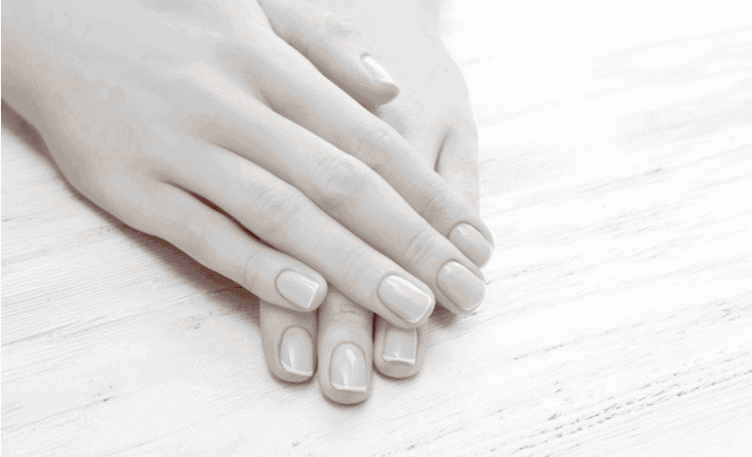
If you’re looking for a good indicator of your health, look no further than your fingernails. Healthy fingernails are uniform and smooth, with no pits or grooves. However, some fingernails may develop harmless vertical ridges that increase in prominence with age. Other signs of health issues include white spots or lines that form after an injury, such as a splinter.
Your fingernails may not look healthy, but they can tell you something about your overall health. Healthy nails should be pale pink to mauve in color. These are made of tissue, so fingernails’ appearance could indicate a problem such as anemia or skin cancer. The color of your fingernails may also reveal the presence of any kind of lung or blood condition. While there’s no single test or treatment for nail disorders, it’s worth checking your nails regularly.
The condition is known as “Terry’s nails” has similar symptoms, although the appearance is different. A swollen fingernail is a sign of a more severe condition. If your nails become discolored or are painful, they could be a sign of systemic health problems. For this reason, you should consult a physician immediately if you notice any changes to your fingernails.
If you notice any of these symptoms, it’s essential to see a dermatologist. The doctor can diagnose a fungal infection by examining the nail and performing a physical exam. Depending on the severity of the disease, the treatment involves antifungal medications. It may be necessary to remove the pin or perform other procedures to correct the problem. In rare cases, the condition may be a symptom of another health problem, such as anemia.
If you notice any changes to the structure or color of fingernails, consult a dermatologist as soon as possible. While nail changes are often completely normal, they may indicate a more severe health problem or disease. You should see a doctor if you have any questions about your nails or any other symptoms. The most common causes of fingernail changes are:
My Fingernail Keeps Receding – What Do I Do?
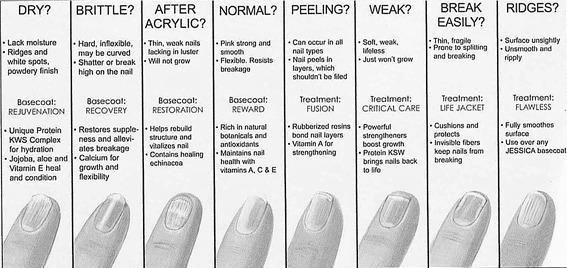
This article outlines how to treat onycholysis at home. You’ll learn how to avoid harsh chemicals and what you can do to stop onycholysis in its tracks. Read on for treatments for deep horizontal ridges and Beau’s lines. Listed below are some common home remedies for onycholysis. Follow these steps to prevent or cure this problem and get your nails back to normal.
Treating onycholysis at home
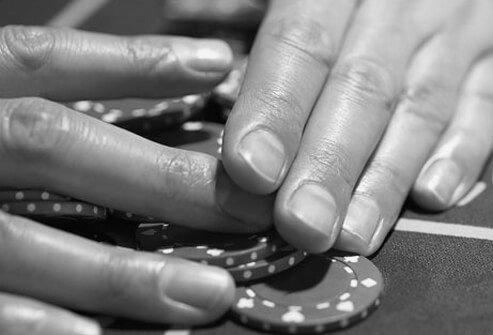
Treating onycholysis at home involves avoiding the typical behaviors that aggravate the condition. Avoid manipulating your baby’s toenails and wear high-heeled shoes to prevent the disease. Generally, home treatments are minimally invasive, do not cause side effects, and are cost-effective. If you are unable to consult a doctor, here are some tips:
Fungus and psoriasis are both potential causes of onycholysis. A test will be needed to make this distinction. Additionally, if the nail plate is affected on all sides, it can be caused by sunburn or thyroid overactivity. If this is the case, your best bet would be to see a dermatologist for a consultation. Ultimately, treating onycholysis at home can help you prevent further medical complications.
In the absence of a physician’s consultation, you may choose to treat onycholysis at home. You may find some medications or lifestyle changes helpful in regaining your fingernails. But if you cannot cure the condition at home, consider getting a prescription. There are many over-the-counter options to treat onycholysis at home. However, you should seek professional advice if you experience severe pain or have an infection.
If you suspect onycholysis, visit your physician for a thorough examination. The infection should go away within a few months of the treatment. If left untreated, however, onycholysis may lead to an infection.
Once the infection has cleared up, you can begin reattaching the nails to the affected area. However, it is essential to understand that onycholysis can have many causes. Moreover, the problem can worsen or reoccur if you don’t address the underlying cause. For these reasons, it’s always best to consult a physician as soon as possible. It is not uncommon to see a change in the shape or size of your nails, but it is essential to take action right away.
Avoiding harsh chemicals
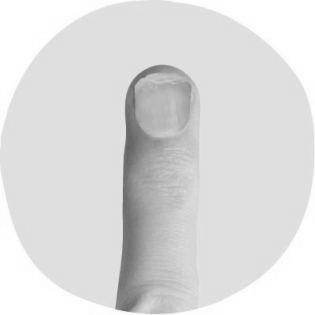
You can do several things to avoid using harsh chemicals on your fingernails:
- Don’t use nail polish remover or other powerful nail products. The chemical will break down the nails, causing them to become brittle.
- Nail polish remover and detergent water can also break your nails.
- Never use acetone or other harsh chemicals on your fingernails.
If you are prone to chewing your fingernails, you can avoid these harmful chemicals by changing your habit. If you chew your nails excessively, you can try squeezing stress balls or chewing gum instead. Or you can use anti-biting varnish to protect your fingernails. Another way to avoid nail damage is to take natural supplements such as Rhodiola Rosea and Theanine.
Treating deep horizontal ridges
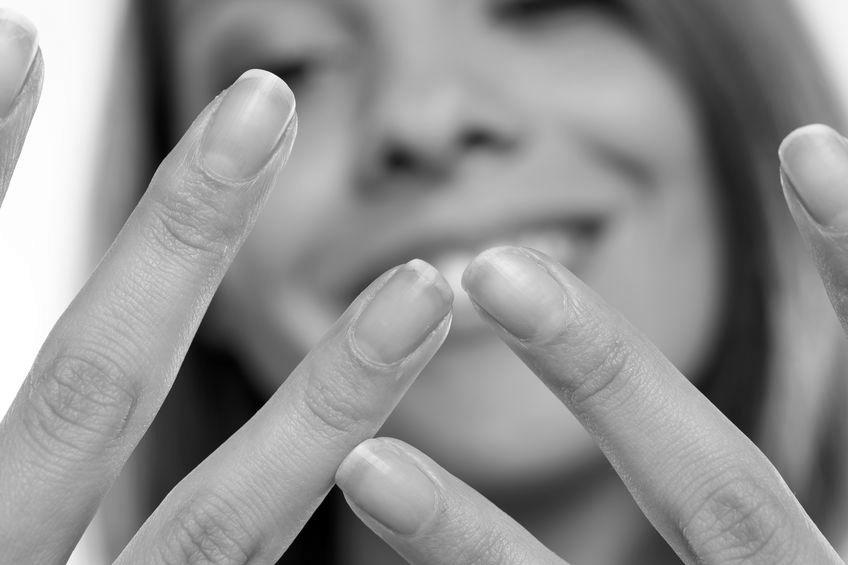
Treatment for longitudinal ridges on the fingernail begins with an accurate diagnosis. In some cases, longitudinal ridging will clear completely. If the underlying medical problem has been solved, new growth may be void of longitudinal ridges. However, treatment will take several months or years to clear up in some cases. In these cases, the patient should consult with their doctor to determine the best course of treatment.
Treatment for ridges on the fingernail can also target the underlying health condition that caused the bumps. Diabetes treatment, for example, may involve topical creams and moisturizers for the hands. Topical ointments for eczema may also be prescribed. Other causes may be low levels of specific vitamins or minerals. Consult a dermatologist to determine the proper course of treatment.
If you notice vertical ridges on your fingernail, consult a dermatologist. These ridges are usually not a cause for concern, but you should consult your physician if you have them. Anemia, for example, can lead to vertical bumps, color changes, and even dents. If you’re concerned about the ridges on your fingernail, consult a dermatologist.
There are many causes of vertical ridges on the fingernail, but the most common is lack of moisture and nutrition. As our nails age, they lose their ability to absorb nutrients, reducing their growth ability. Although vertical ridges on fingernails are not usually a cause for alarm, longitudinal ridging is often a sign of underlying health issues. Fortunately, treatment is not a complex process.
Several natural remedies for nail ridges are easy to apply. First, hydration is the best defense against cliffs. Using nail oil and vitamin E oils can prevent and treat the problem. Additionally, moisturizing the fingernail and cuticles can help keep them healthy. And while these treatments may not be able to remove ridges entirely, they can certainly help them heal.
If the vertical ridges on your fingernail are causing you pain, see a doctor to have them evaluated. While a minor injury does not require treatment, a significant amount of damage to the nail indicates something more serious. A doctor can order additional tests, such as x-rays, and may even draw blood or urine samples. A doctor may recommend the best treatment for your unique case.
Avoiding chemicals that cause Beau’s lines
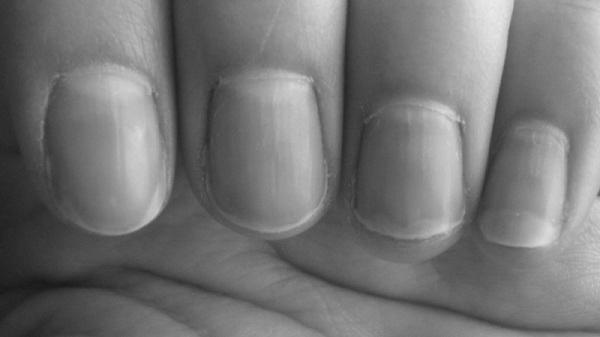
A simple home remedy for reducing the appearance of Beau’s lines is moisturizing your nails. By watering your nails regularly, you can minimize the appearance of ridging and protect the natural keratin layer of your nail. Remember that long nails are prone to breakage due to daily activities, such as sweeping or chopping. Furthermore, picking or tearing skin around your nails may weaken your nails.
Another way to prevent the appearance of this unsightly line is to take a break from certain types of nail care products. Some chemicals can make your nails appear thinner than usual. Also, avoid using nail polishes with harsh chemicals, as these can cause ridges to appear. It is essential for those who suffer from the condition to understand that it can be a side effect of some medications. Fortunately, there are several natural remedies for Beau’s lines, including home remedies that can help you prevent the appearance of this unsightly line.
If your nails start developing Beau’s Lines, you should stop using these products. You should also avoid nail polishes with talc or other silicone ingredients. You will notice a noticeable change after several weeks. The best way to treat them is to change your daily routine and try to stay away from nail polish. If you notice the lines on your nails, they signify that a fungal infection has caused the streaks.
You can also apply a ridge filler to the nail if they are getting deeper. If you don’t see this on your nails, you can try nail buffers to cover them. Eventually, they may get more profound and cause the lines to be visible. But if you want to prevent them from getting worse, you should use nail polish remover regularly. You can also apply nail buffers if you see them on your nails.
